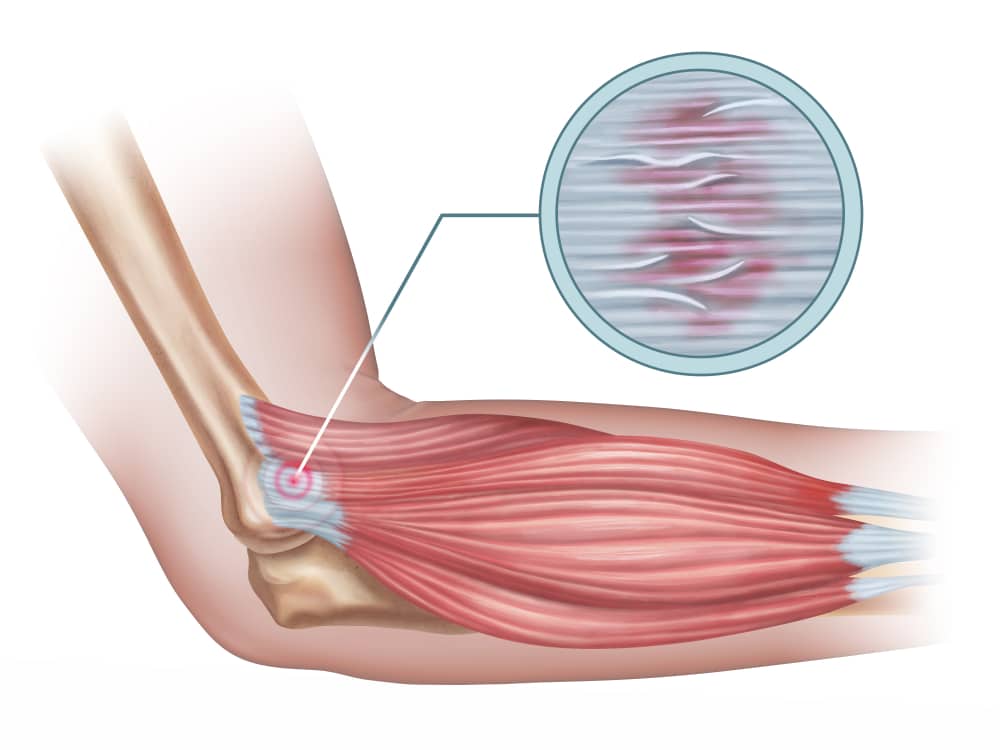
A painful tendon is never pleasant, whether it is in your ankle, knee, hip or shoulder. The most common, and most well-known, is tendonitis – the inflammation of the tendon. But what is tendinosis – a fairly common but little-known condition?
Tendonitis and Tendinosis – What is it?
Tendonitis is extremely common in athletes and gym-goers. It is when the tendon is directly injured or have microscopic damage caused by minor impacts or a sudden, serious injury. The body’s response is inflammation – a reddening, swelling, hot and painful answer to start the repairing of the injury.
Tendinosis, on the other hand, is the degeneration of the tendon through chronic overuse. This is when the tendon isn’t given time to repair, rest and heal. This is common in athletes who overuse certain tendons without taking rests. This results in pain in the tendon when moving or touching it, stiffness, restricted movement and, in some cases, a lump.
The most common places for these issues to occur are the extensor tendon outside the elbow (known as tennis elbow), the shoulder (rotator cuff), the hips and the Achilles tendon at the back of the heel.
Treatment Options
Both tendonitis and tendinosis require some form of intervention before the symptoms begin to clear.
For tendonitis, using PRICE therapy (protect, rest, ice, compression and elevation) and anti-inflammatories (found over the counter) will solve the problem over four to six weeks.
Tendinosis is more complicated. Treatment can only begin until the repeated injury stops. This means stopping any sports, footwear or any other lifestyle choice that could be causing the injury.
Physical therapy and rest is the ideal treatment to tendinosis with NSAID painkillers to manage the pain over a course of two weeks before reassessing. If no improvement has been made, braces/casting for a month followed by further physiotherapy.
For severe tendinosis, surgery may be required.
For a consultation regarding your tendonitis or tendinosis, get in touch with one of our experienced consultants today.









